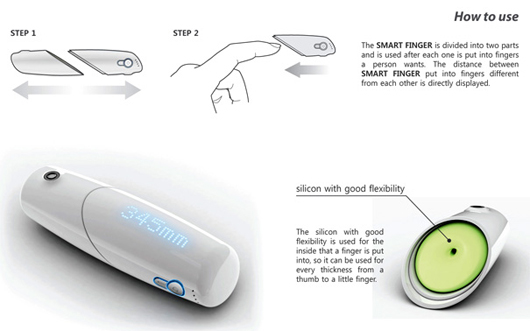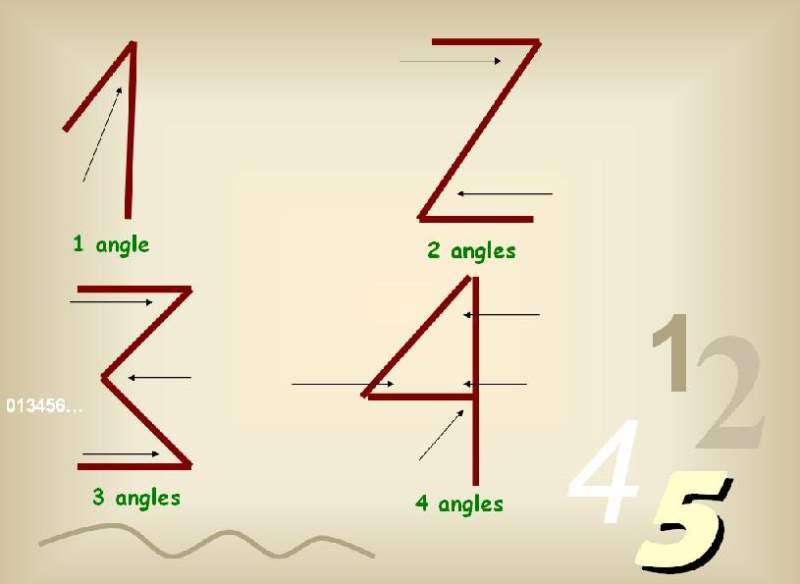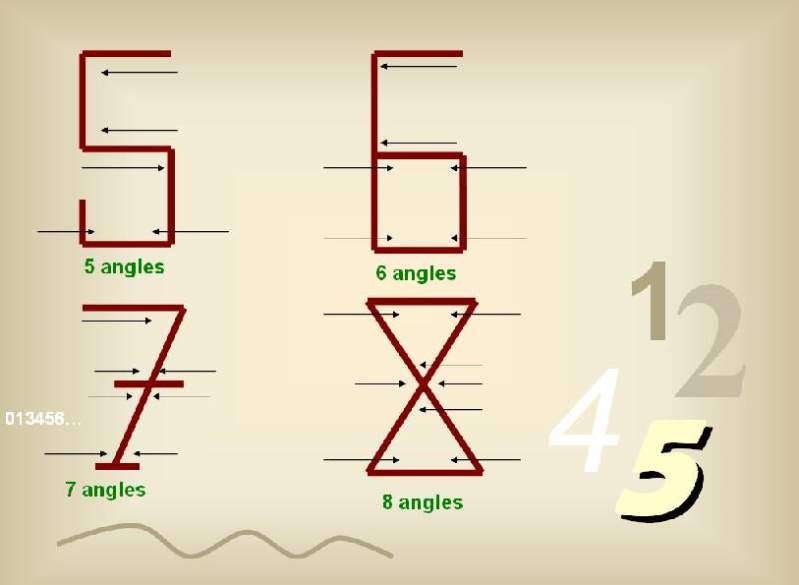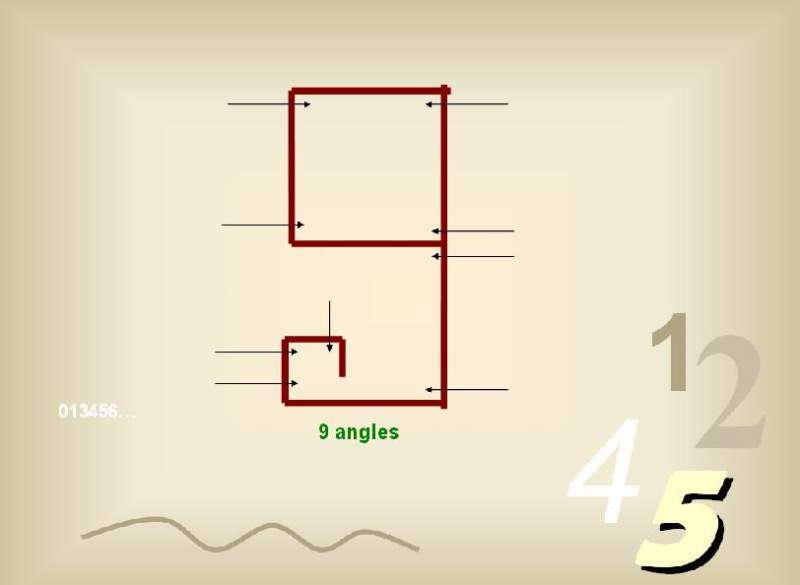Apple's Magic Mouse: How it works
Recently Apple introduce its new mouse, Apple called it Magic Mouse. The good thing is that you can now order it on Apple online store. But what makes this mouse magical, let us tell you about it.
In the previous Apple's mighty mouse, tracking was optical but in the new mouse it is upgraded by laser tracking which offers you greater accuracy over more surface. There's also a fairly standard Broadcom chip handling both the processing and Bluetooth transmission duties. All very well, but the interesting part is the luscious coating of capacitive sensors covering the inside of the mouse's plastic top half.
This is the same type of sensor used in the iPhone, and they work by using the natural electric conductivity of your body to affect the voltage inside the sensors. The principle is similar to plasma globes, where placing your hand on the glass causes the filaments to follow your fingers.
Capacitive sensors are very accurate and highly responsive to even a light touch, though they do have some limitations, as anyone who's tried to use an iPhone in gloves can attest. That generally isn't a problem indoors, so they're ideal for desktop interfaces.
Using sensors all the across the surface and down to the Apple logo is a crucial part of making the mouse live up to Apple's usual standards for accessibility. Having an invisible line where scrolling just stops working would confuse people no end, so it's important that Apple hasn't skimped here.
Apple brags about the Magic Mouse's ability to differentiate between gestures and resting your hand, and this is all done in the software that accompanies the sensors.

When your fingers touch the sensors, the software asks itself whether what you've done matches up to being a scroll – moving one finger consistently in recognized direction – or whether it matches up to a swipe – two fingers moving quickly in recognized direction. If the input doesn't conform to either of these then it can safely be ignored.
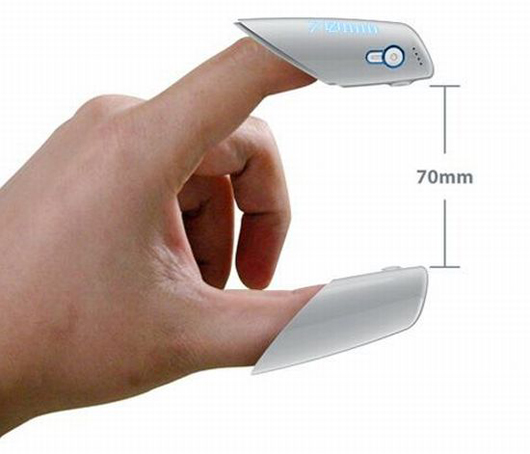 People used to describe size of any objects with the help of their hands. In order to gain accuracy and objectivity into the description now a unique Smart Finger is designed by Choi Hyong-Suk, Jung Ji-hye, and Yoo-Jin Park. There are pair of plastic tubes which you have to wear on your real fingers and measure the distance between themselves. A signal is sent between the devices and the time taken gives the distance. The distance is displayed on the side of one of the fingers. you can store it in memory for transfer to a PC. Currently it is just a concept.
People used to describe size of any objects with the help of their hands. In order to gain accuracy and objectivity into the description now a unique Smart Finger is designed by Choi Hyong-Suk, Jung Ji-hye, and Yoo-Jin Park. There are pair of plastic tubes which you have to wear on your real fingers and measure the distance between themselves. A signal is sent between the devices and the time taken gives the distance. The distance is displayed on the side of one of the fingers. you can store it in memory for transfer to a PC. Currently it is just a concept.
